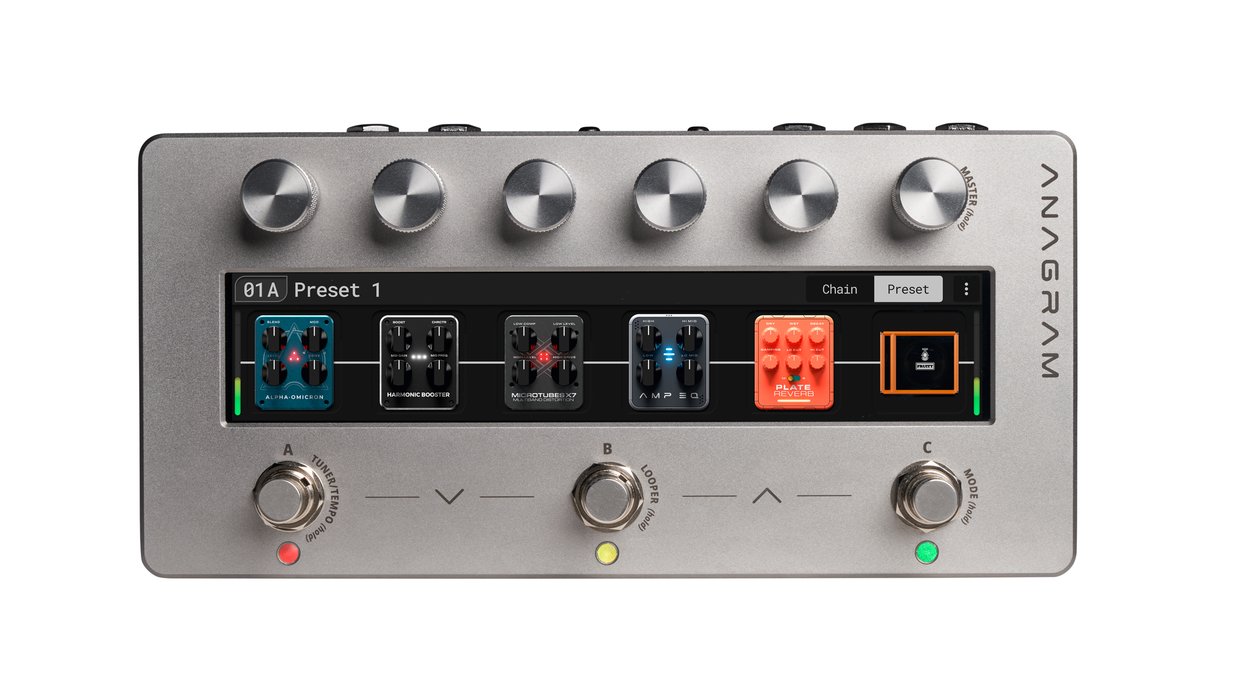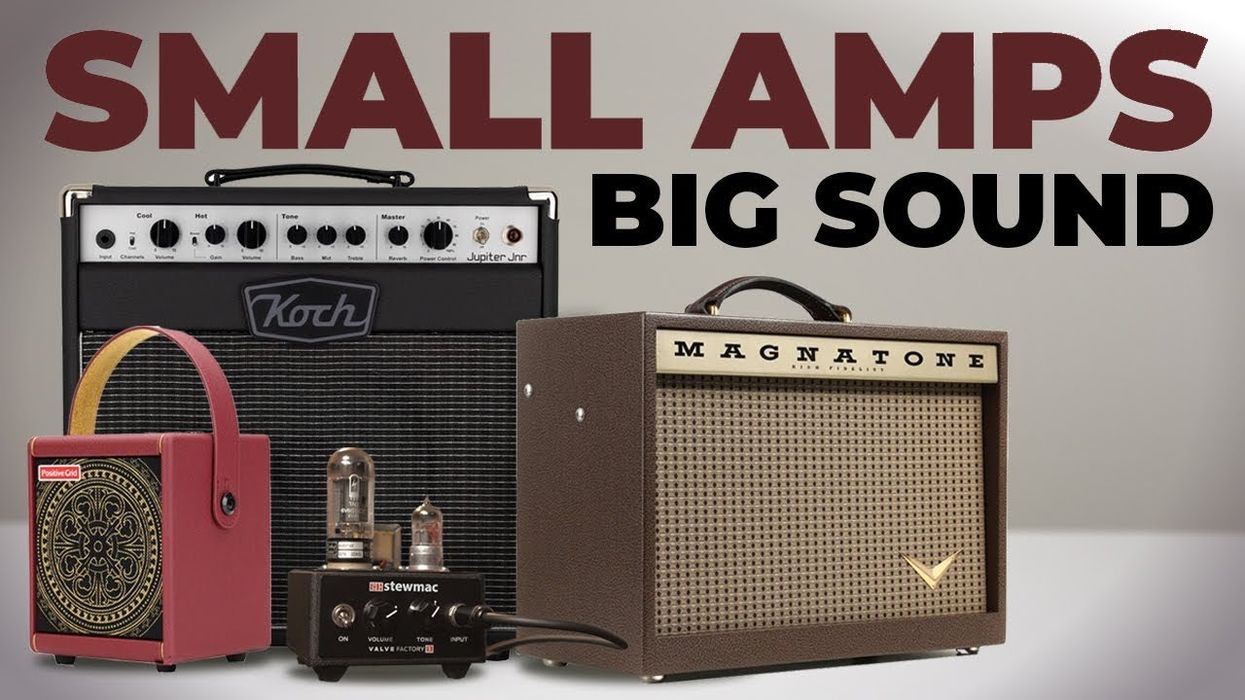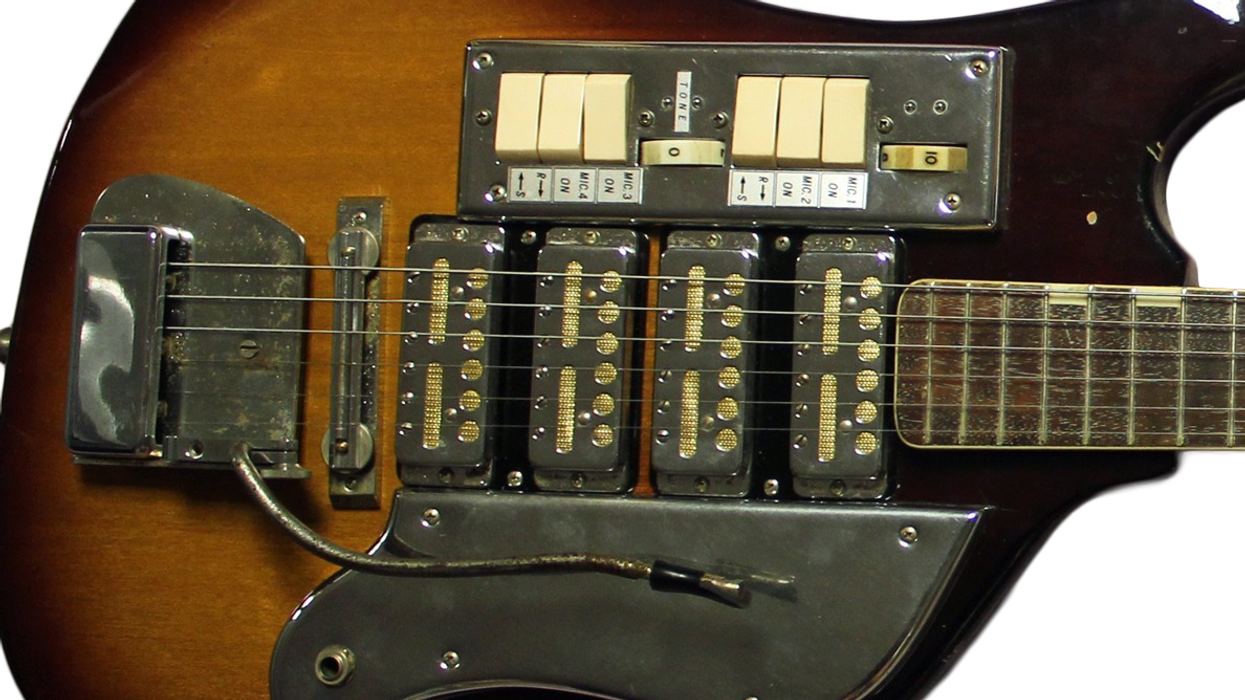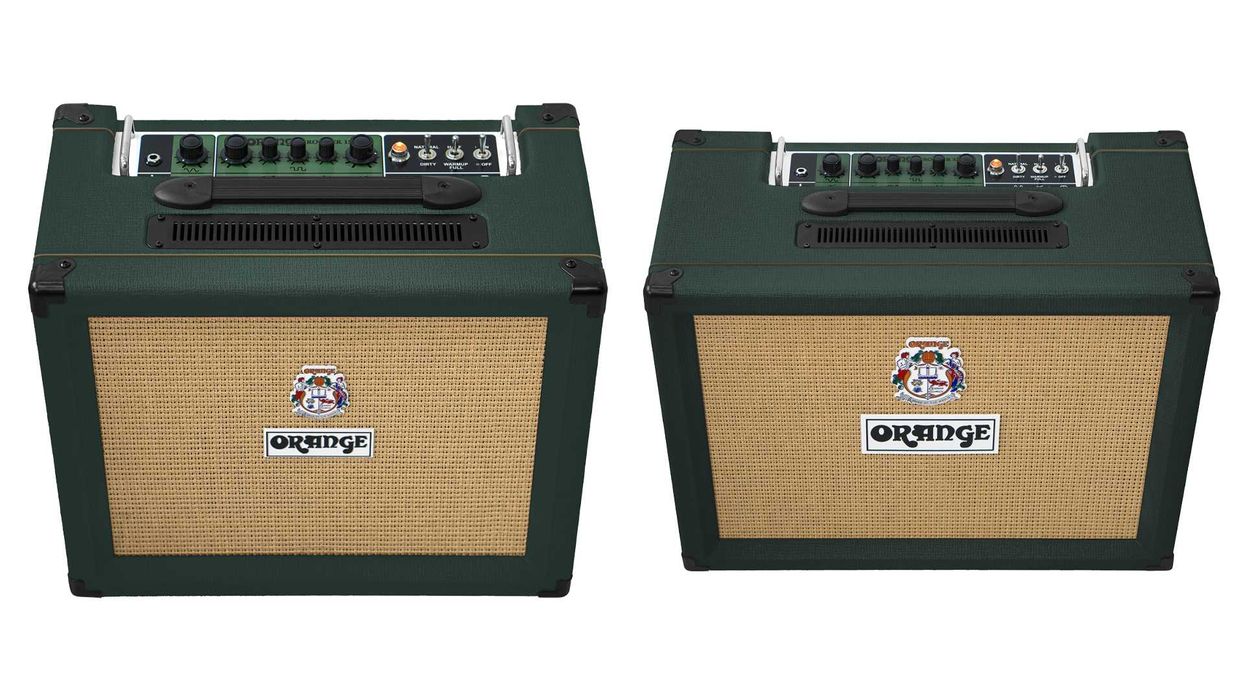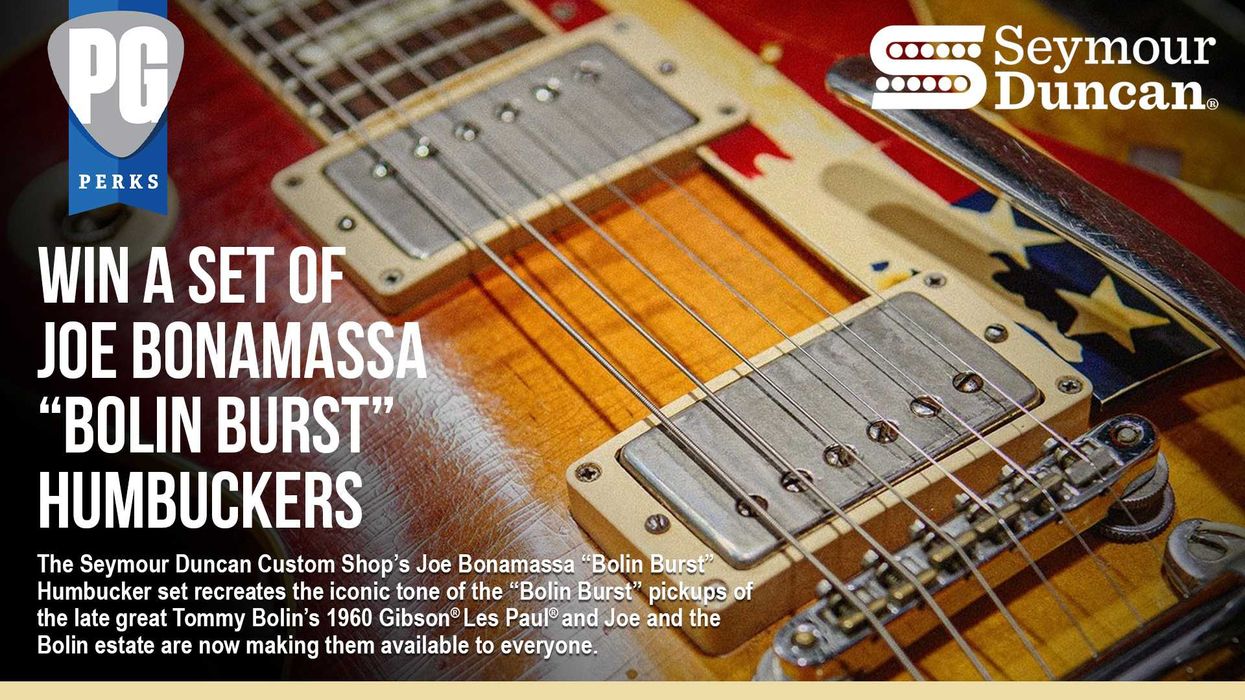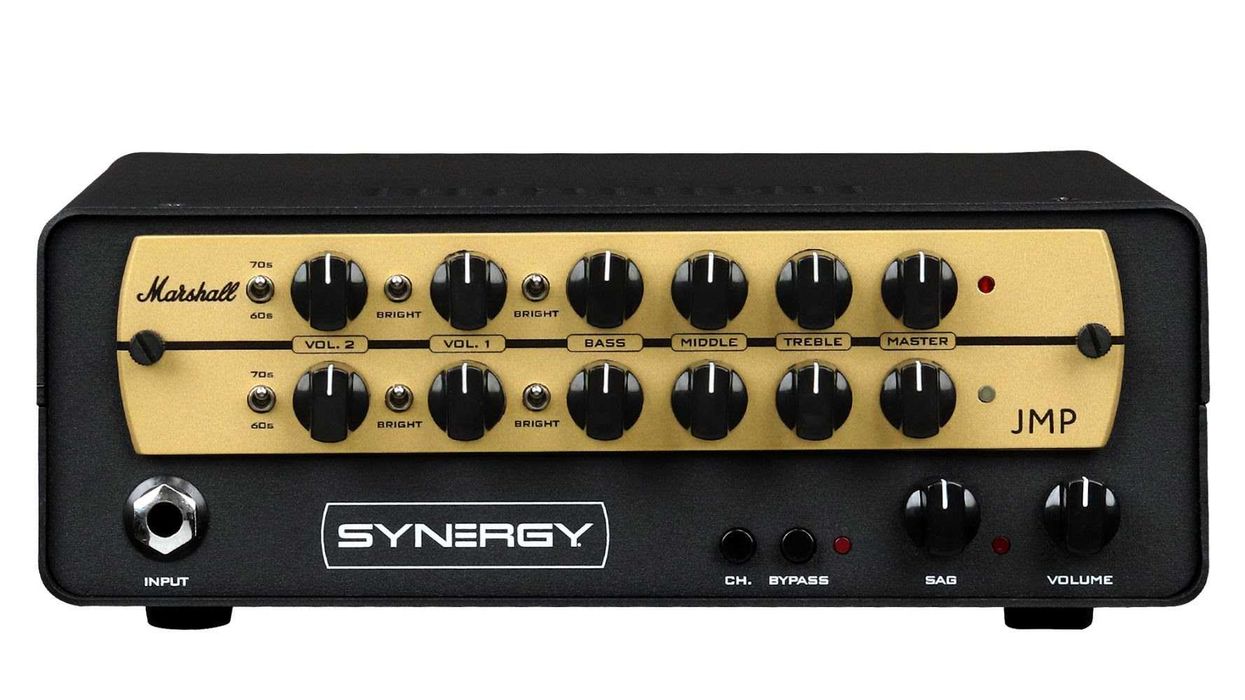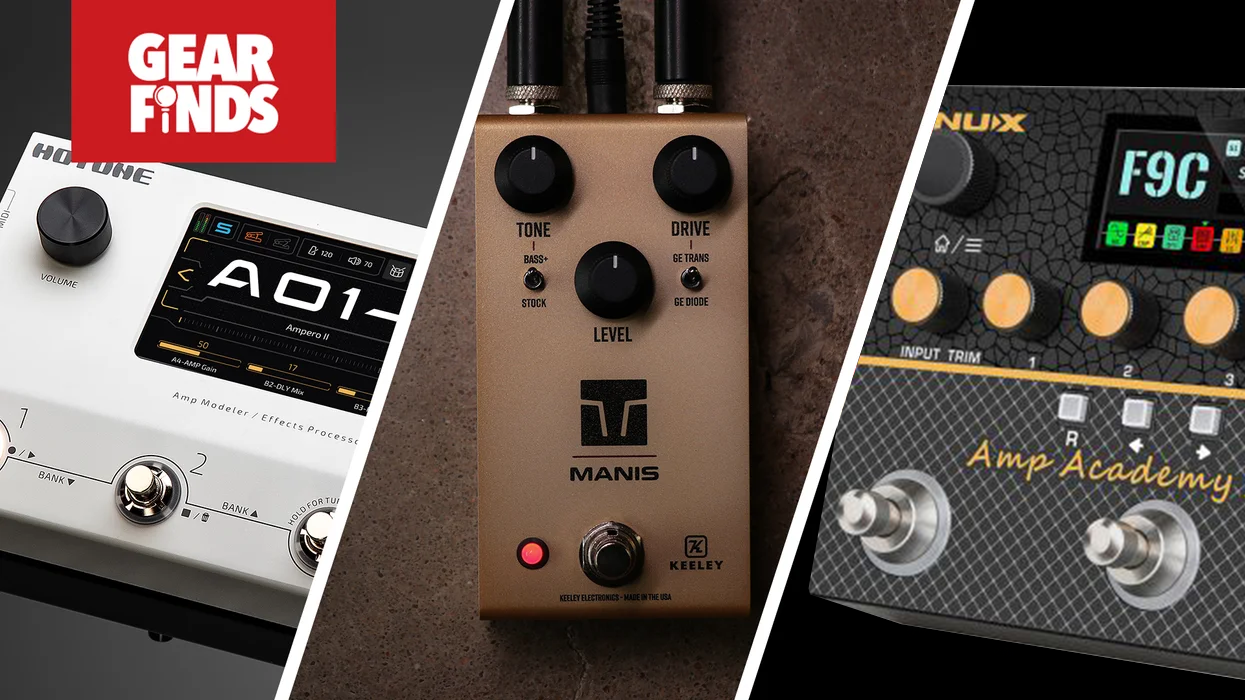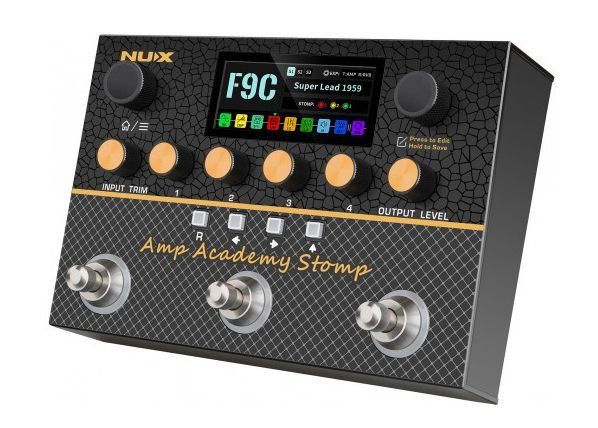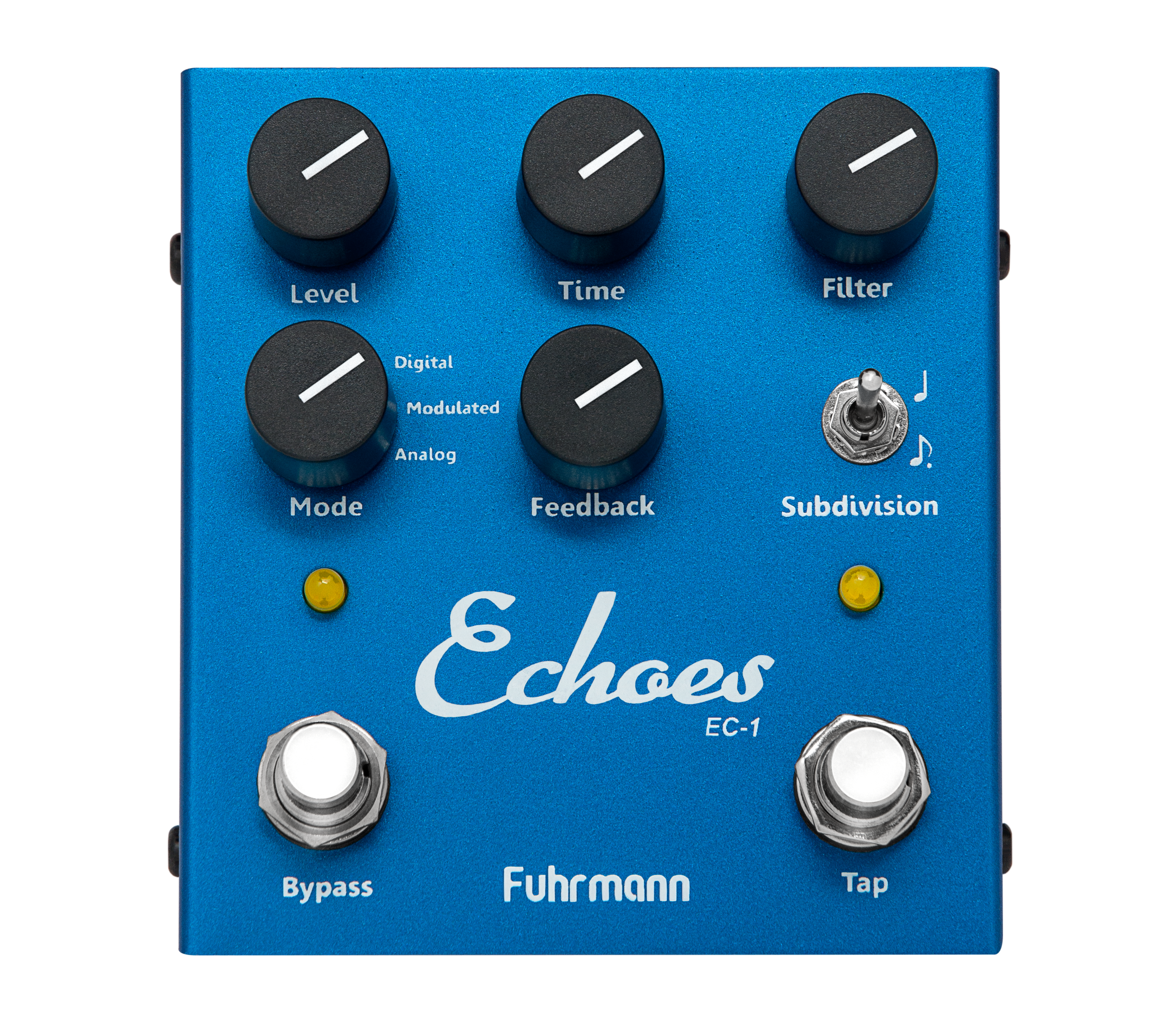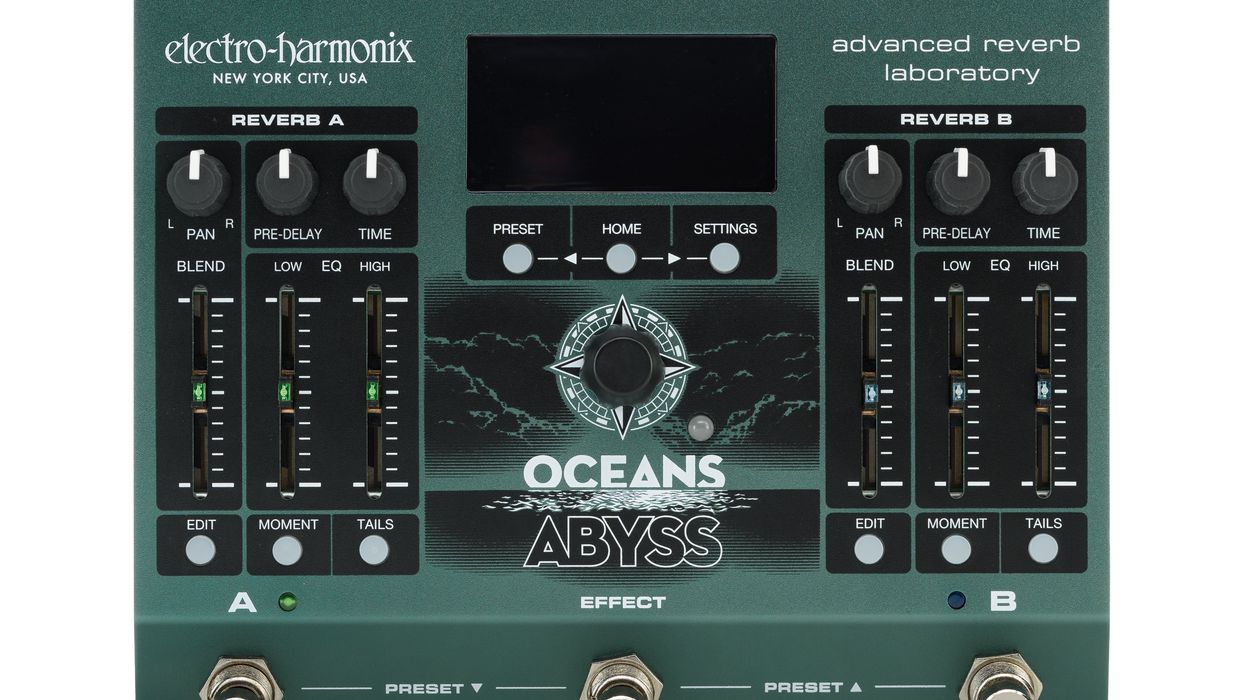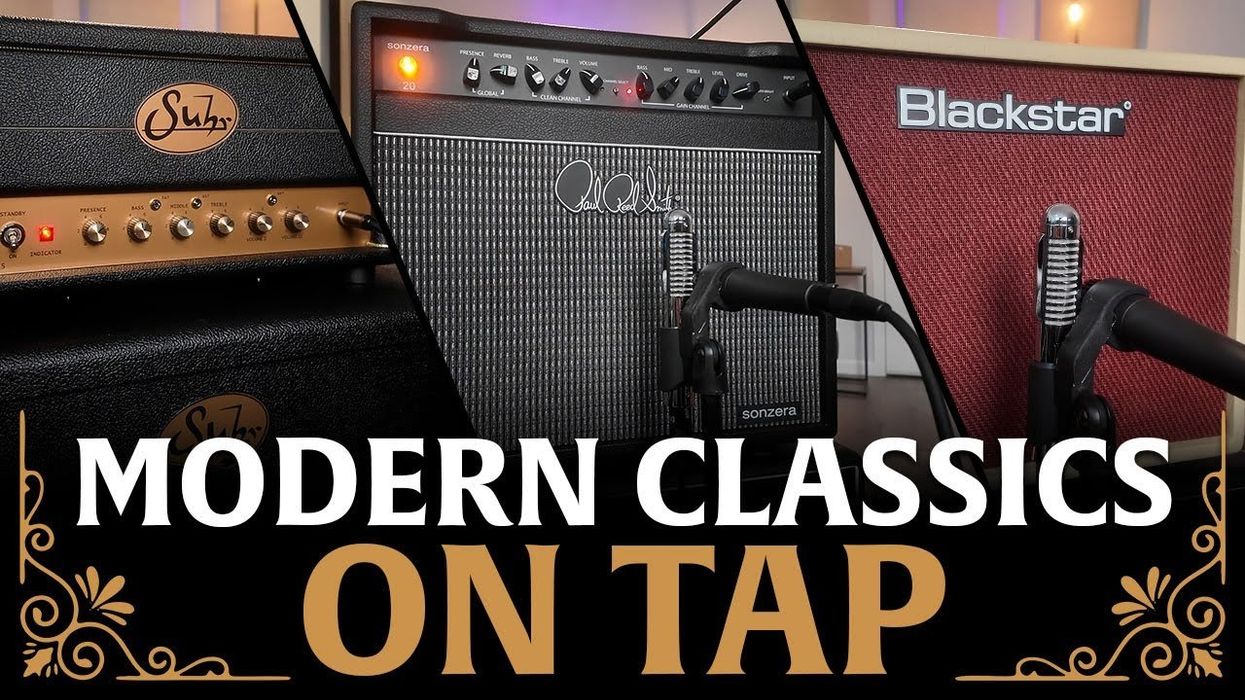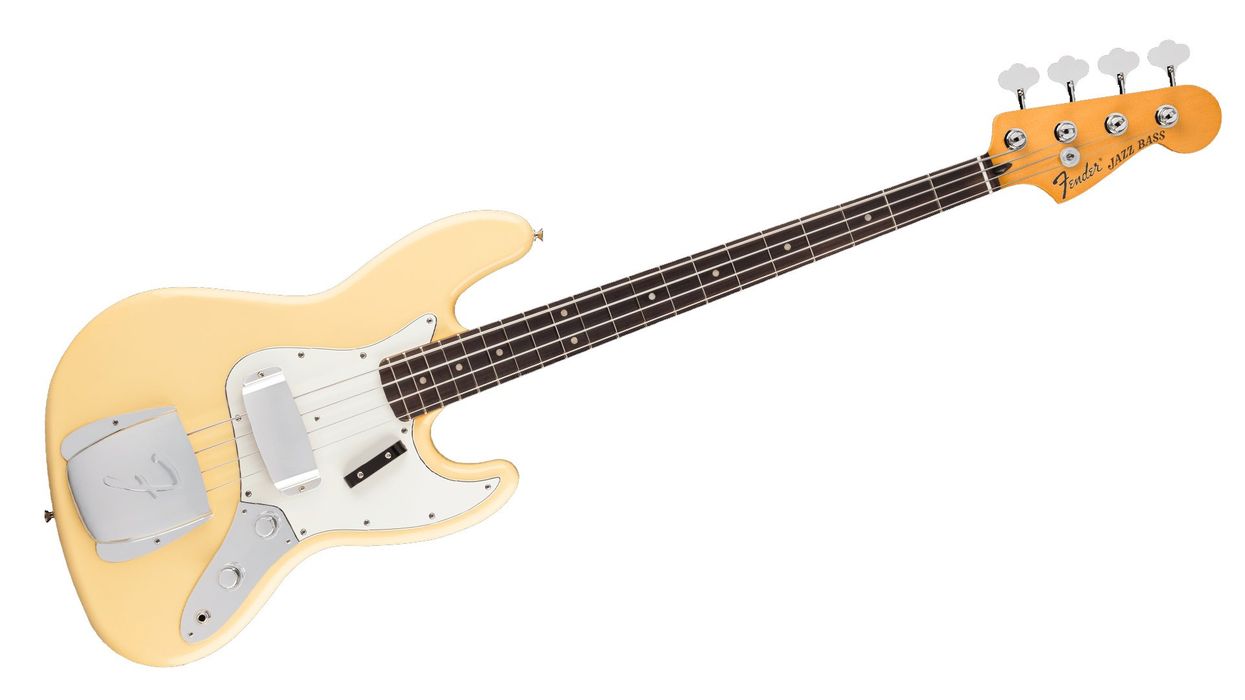The punchy and potent practice amp that propelled many classic QOTSA tracks proves surprisingly versatile thanks to a flexible EQ section and cool clean tones.
One of the reasons classic Queens of the Stone Age tracks leap from radio speakers like striking vipers is because Josh Homme is a true recording artist—an individual that chases and realizes the sounds in his mind by any means necessary. When you play the 10-watt, solid-state Peavey Decade Too with Homme and QOTSA in mind you understand why the original Peavey Decade became integral to that process. It’s feral, present, nasty, bursting with punky attitude, and when tracked and mixed with a booming bass, sounds positively menacing. But it’s also a lovely clean jangle machine that will lend energy to paisley psych pop or punch to a Bakersfield Telecaster solo.
Objectively speaking, if you’ve played an ’80s Peavey practice amp before, you will know many of these sounds well. (Many of my own early amplified experiences came courtesy of a borrowed Backstage 30, so they are etched deep in my marrow and consciousness.) Like any small amp with a little speaker and cabinet, it’s marked by an inherent, pronounced midrange honk—no doubt, an ingredient that Homme found appealing in his original Decade. The saturation is thick and surprisingly dimensional. But it’s the 3-band EQ, with added bass and top-end boost buttons, that really extends the versatility of the Decade Too. In many contexts, it made a cherished vintage Fender Champ sound like a one-trick pony. The Decade Too may not excel at cooking-tubes-style distortion, but in terms of punch, clarity, and versatility in the studio environment, it delivers the goods.



